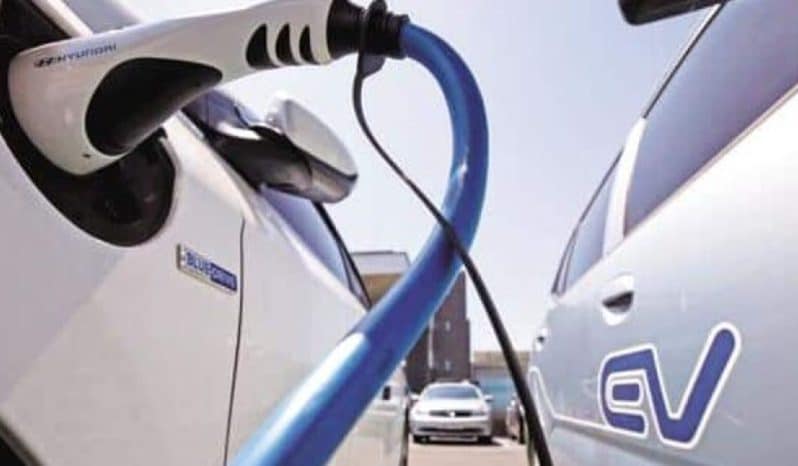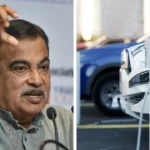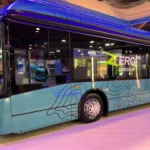In a recent report titled “Indian Oil Market — Outlook to 2030,” the International Energy Agency (IEA) projected that India’s adoption of electric vehicles (EVs) and energy efficiency enhancements will significantly reduce the country’s gasoline demand growth. Without these measures, India’s oil demand would have surged to 1.68 million barrels per day (b/d) by 2030. However, the IEA now forecasts a growth of only 1.2 million b/d during the same period, marking a reduction of 480,000 b/d.
The transition to EVs, coupled with improvements in energy efficiency and the expansion of biofuels, will primarily impact oil demand in the transportation sector before influencing other segments. Despite expectations of substantial industrial growth, the IEA anticipates that India’s gasoline demand will only experience a modest 0.7% increase through 2030, contrasting sharply with the 40% rise in the country’s car fleet due to the heightened consumption of EVs and biofuels.
By 2030, the electrification of India’s vehicle fleet is forecasted to curtail oil product demand by 200,000 b/d, despite a simultaneous rise in diesel consumption. This indicates that electrification will exert considerable pressure on gasoline demand in the lead-up to 2030.
While EVs accounted for a mere 6% of new vehicles in India in 2023, projections suggest a significant shift in the coming years. Approximately half of all new two- and three-wheelers, along with an eighth of new passenger cars entering the Indian market by 2030, are expected to be electric. This aligns favorably with the government’s target of electrifying 30% of new vehicles by the same year.
The gradual enhancement of EV cost competitiveness is anticipated to drive total ownership costs below those of internal combustion engine (ICE) vehicles, further fueling consumption. However, market observers caution that the absence of an announcement regarding the third phase of subsidies under India’s Faster Adoption and Manufacturing of Electric Vehicles scheme may not immediately impact the EV sector.
Despite a reduction in the budget allocation for EVs in the upcoming fiscal year, the Indian government remains committed to supporting the EV market. Various states have also introduced additional incentives for EV manufacturers, promising further disruptions to gasoline demand in the years ahead.
Nonetheless, industry experts warn that subsidies and incentives are unlikely to be indefinite. As the EV market matures, these benefits may be phased out, mirroring policies for ICE vehicles. Concurrently, the surge in biofuel usage is expected to contribute significantly to the decarbonization of India’s transport sector.
According to the IEA, Indian ethanol supplies could nearly double to 200,000 b/d by 2030, while biodiesel supplies may rise to approximately 90,000 b/d. Prime Minister Narendra Modi highlighted India’s commitment to environmental sustainability, citing achievements such as 12% ethanol blending in gasoline in 2023 and substantial reductions in carbon emissions.
India aims for a 20% ethanol blending in gasoline by 2025 and envisions achieving net-zero emissions by 2070. With plans to triple ethanol production and consumption by 2030, India is poised to play a significant role in global efforts toward sustainability and energy transition.






